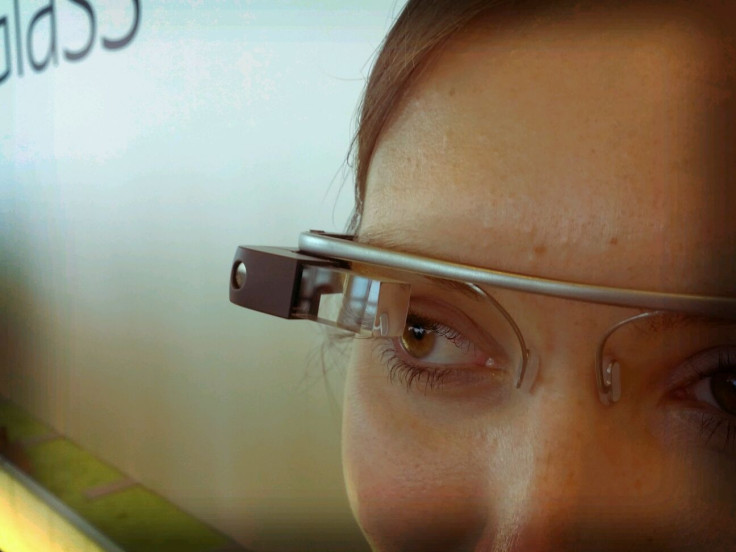
Screenless devices may seem remarkable now, but they're actually not all that unatainable. Google is already working to make the majority of its products usable by voice command. It's recent innovation, Google Glass, in fact, relies almost entirely on voice commands and acts as a computer without a typical screen. Motorola's new Moto X is a phone programmed with a device that "listens" constantly and can function solely on voice command if the user so chooses. Then there's the Google Search app for iPhone, which can also respond to voice cues.
"It's now so inexpensive to have a powerful computing device in my car or lapel, that if you think about form factors, they won't all have keyboards or screens," says Scott Huffman, head of the Conversation Search group at Google.
What Google is trying to do, however, is a little different from all of that. It hopes to make voice commands as intuitive to use as keyboards and screen are now. Huffman said he and his company want to make interracting with a device almost as normal as it would be to interract with another person. That is, instead of asking the phone for information and clicking through to get to the exact answer, Huffman forsees the phone getting it right the first time. Google's Conversation Search team is trying to develop a way to contextualize words so phones and other devices can respond appropriately.
"Today, automatic speech recognition is not as good as people, but our ambition is, we should be able to be better than people. In some sense Google has a lot of context that [a human transcriptionist] doesn't have," Huffman said. "We know where you are based on your phone's location and there is some context around what you've been talking about lately. Therefore that should help us understand what kinds of things you might be saying."
The final challenge Google is tackling is finding ways to integrate voice command into every day use. As it stands, voice command is not a popular feature. Not only that, but is poses problems with regard to rectifying errors. For instance, a user using the voice command feature to type an email is misunderstood and an incorrect word is used -- Google has yet to determine a less painstaking way to address the misspelling without trashing all or part of what has already been transcribed by the device. Menu tabs also pose a problem for this interface as a mouse can allow users to hoover over tabs and see if it holds what they are looking for. Asking a voice-command device to do all that could take ages.
The tech giant handles all of these issues via its cloud in which a group of PhDs deals with voice recognition and natural language processing. While its current findings are impressive, no device has quite reached the intelligent to perfectly reflect human speech.
"For speech recognition, it's a very data intensive thing," says Huffman. "We use giant neural network things that are spread across many servers.
© 2025 Latin Times. All rights reserved. Do not reproduce without permission.




